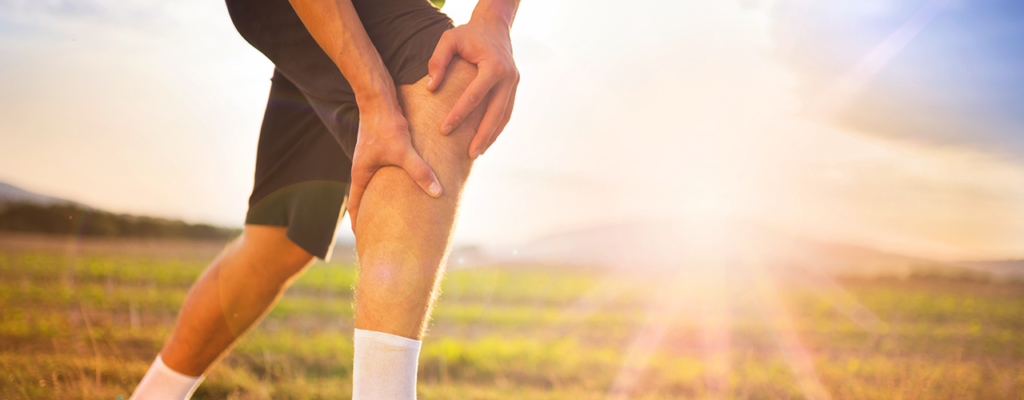WHAT CAUSES SHIN SPLINTS?

Do you feel pain in the front of your lower leg? If so, you may be experiencing shin splints.
Shin splints refers to pain that emanates from the tibia, or shin bone, which is the large bone in the lower half of your leg. The medical term for this condition is medial tibial stress syndrome.
Many people experience this leg pain periodically, especially those who actively participate in high-impact activities. Dancers, runners, gymnasts, and even people in the military frequently experience shin splints.
Let’s look at the symptoms and causes of this common condition:
Symptoms of Shin Splints
There are several common symptoms of this ailment in the lower legs:
- Aching or dull pain in the front or inner side
- Muscle tenderness, swelling, numbness, or weakness
- Pain during workouts or while running
Causes and High-Risk Factors
Shin splints are caused by excessive or repetitive pressure on the bones, muscles, and surrounding tissues of the lower legs. When the legs are not accustomed to the stress, and intense pressure is put on them too quickly or frequently, shin splints can develop.
Another way this can happen is if you exercise or run incorrectly. This can add unnecessary and improper pressure on the shins, which ends up causing pain in the lower legs.
Some activities and issues are particularly likely to lead to shin splints, including:
High-Impact Exercises
Running downhill or on an uneven terrain can increase the chances of developing shin splints. Running on hard surfaces like concrete can also cause this condition.
Improper Footwear
Another factor that increases the chance of developing shin splints is wearing improper shoes. Individuals who work long hours on their feet need supportive shoes that can help to alleviate the pressure of standing and moving on your feet all day.
Similarly, wearing adequate shoes when you run or work out is also crucial. Good footwear can take pressure off of your legs by cushioning the force you apply on your legs, and absorbing some of the shock, with each step you take.
Flexibility Problems
Individuals who are not very flexible, or who do not regularly stretch out, are at a higher risk of developing shin splints. Flexibility helps the muscles, tendons, and other tissues in the legs remain healthy by increasing blood flow.
High-Intensity Sports
Certain sports take a bigger toll on the shins than others do. Soccer, basketball, and skiing are examples of sports that add extra pressure on the lower legs, which increases the chance of developing shin splints.
Treatment for Shin Splints
Treatment generally depends on the specific symptoms a patient feels and the extent of the condition. Most patients are able to alleviate the pain caused by shin splints by making some lifestyle changes and letting their legs rest.
Some common ways to treat shin splints include the following methods:
- Decrease your physical activity levels and let your legs rest. For example, if you play a sport, take a break for a couple of weeks.
- Elevate the legs to help reduce pain, swelling, and inflammation.
- Apply ice packs or cold compresses to the area to help reduce swelling.
- Take over-the-counter pain relievers to help reduce pain and inflammation.
- Wear adequate footwear that supports your weight and helps alleviate direct pressure on your leg bones.
- Gradually increase pressure on the legs. Avoiding strenuous exercise and adding pressure gradually will help your legs get used to the pressure as you increase intensity.
Physical Therapy Center in Ohio
If you’re experiencing pain from shin splints and need help managing it, schedule a consultation at Suburban Physical Therapy. Our team has many decades of combined experience treating a variety of physical injuries and conditions, including shin splints and other musculoskeletal issues.
Call us today at (330) 963-2920 to make an appointment. You can also request an appointment online. We look forward to seeing you and helping you feel better – so you can get back to the active lifestyle you love.
